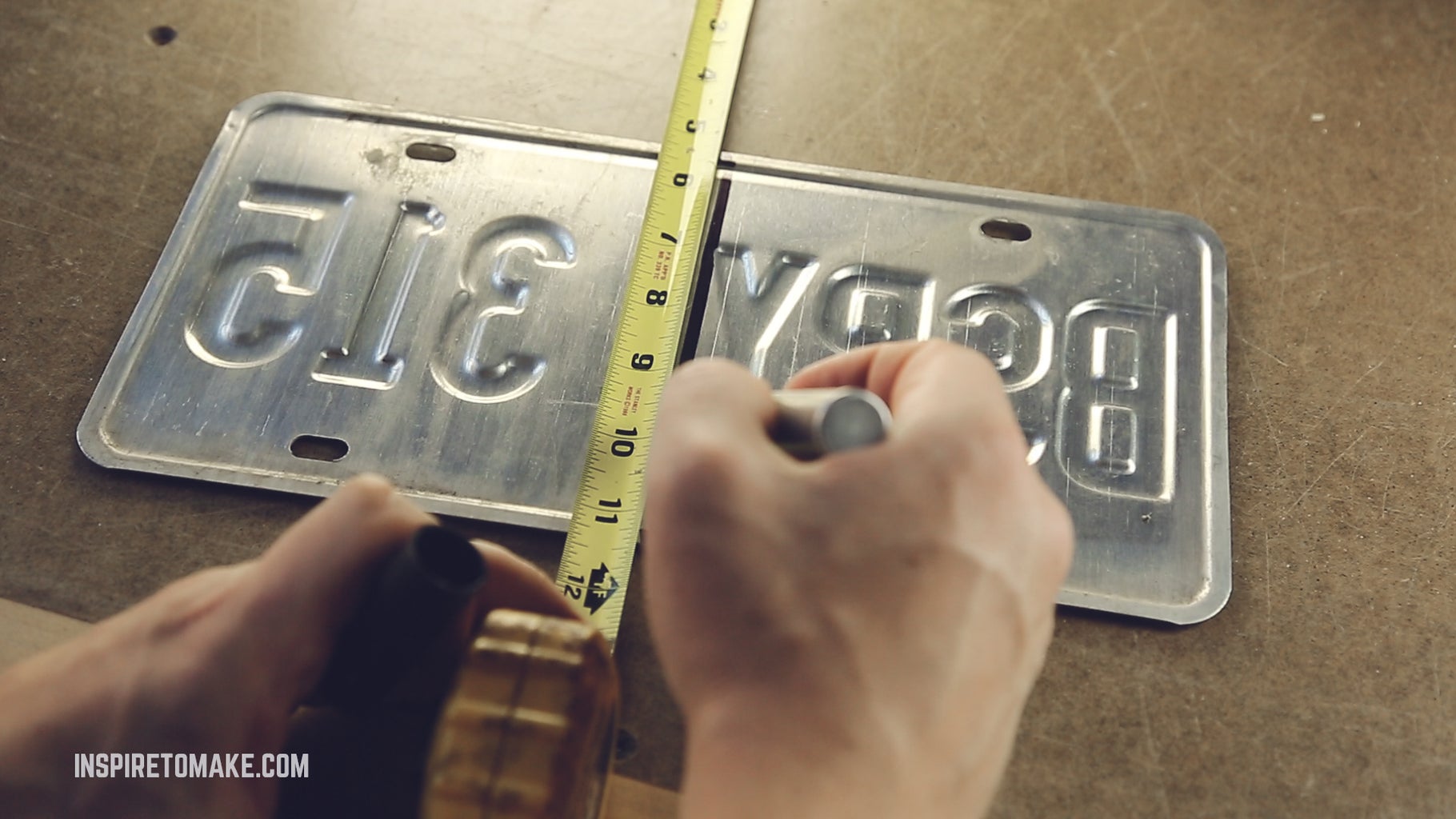
Providing a safe and welcoming habitat for birds in your backyard can be a rewarding experience, fostering a connection with nature and enriching the biodiversity of your local ecosystem. A birdhouse, crafted with careful attention to detail, serves as a crucial element in attracting feathered friends and promoting their well-being. This guide will walk you through the process of building a birdhouse with a removable roof, ensuring easy access for cleaning and monitoring.
Materials and Tools:
Lumber: 1/2-inch thick plywood or cedar boards are ideal choices for durability and weather resistance. Choose unfinished wood for a natural look, or select pre-stained boards if desired.
Screws: 1-1/4 inch wood screws for assembling the birdhouse.
Wood glue: For added strength and stability in the joints.
Measuring tape: For precise measurements and accurate cuts.
Pencil: For marking lines on the wood.
Saw: A circular saw or hand saw for cutting the wood.
Drill: With a drill bit slightly smaller than the screw size.
Sandpaper: For smoothing out rough edges and creating a polished finish.
Paint or stain (optional): To enhance the appearance and provide weather protection.
Birdhouse entrance hole: Pre-made or create your own using a drill bit and jigsaw.
Hinges: For attaching the roof to the base.
Roofing material (optional): For added weatherproofing and aesthetic appeal.
Steps:
1. Design and Planning:
Choose a bird species: Determine the size of the birdhouse based on the species you wish to attract. Common backyard birds like chickadees, wrens, and bluebirds require smaller houses, while larger birds like woodpeckers and flickers require larger spaces.
Determine the size and dimensions: Research the ideal dimensions for the chosen bird species. Ensure the entrance hole is the appropriate size, allowing for easy entry but preventing larger predators from accessing the nest. Consider the overall height, depth, and width for comfortable nesting.
Choose the style: Decide on a simple, functional design or explore more decorative styles with intricate detailing and additional features.
2. Cutting the Wood:
Base: Cut two identical rectangular pieces of wood to form the base of the birdhouse. The length and width will depend on the chosen design and bird species. Ensure these pieces are stable and strong enough to support the weight of the roof and nesting materials.
Sides: Cut two identical rectangular pieces of wood to form the sides of the birdhouse. The height will depend on the overall height of the birdhouse, and the width should match the base dimensions.
Back: Cut one rectangular piece of wood to form the back of the birdhouse. The height should match the sides, and the width should match the base.
Roof: Cut two identical rectangular pieces of wood to form the roof. The length and width should slightly exceed the dimensions of the base to ensure overhang for protection from rain. For the removable roof, create a lip along the front edge of the roof pieces, allowing for a tight fit with the base.
3. Assembling the Birdhouse:
Attaching the base to the sides: Using wood glue and screws, attach the base to the sides, ensuring the edges are flush and aligned. Repeat for the other side.
Attaching the back: Align the back piece with the sides, ensuring the bottom edge is flush with the base. Use wood glue and screws to securely attach the back.
Creating the entrance hole: Using a drill bit and jigsaw, carefully cut the entrance hole in the front of the birdhouse. Ensure the hole is smooth and free of rough edges to prevent injury to the birds.
Attaching the roof: Attach the hinges to the underside of the front lip of the roof pieces. Align the roof pieces with the top of the birdhouse, ensuring the front lip fits snugly into the base. Use screws to attach the roof, ensuring it is secure but still easily removable.
4. Finishing Touches:
Sanding: Sand all surfaces of the birdhouse, removing any rough edges and splinters. Smoothness is essential for both aesthetic appeal and safety.
Painting or staining: Apply a coat of paint or stain to protect the wood from the elements and enhance the appearance of the birdhouse. Select colors that blend with your surroundings and create a welcoming environment for birds.
Adding drainage: Create a small drainage hole at the bottom of the back panel to prevent water from accumulating inside the birdhouse.
Adding a perch: Attach a small branch or a piece of dowel rod to the front of the birdhouse to create a perch for birds to rest on before entering.
5. Installation and Maintenance:
Choose a location: Select a location that provides ample sunlight, is sheltered from strong winds, and is away from predators.
Install the birdhouse: Mount the birdhouse securely to a tree or post, ensuring it is at a safe height above the ground.
Monitor and clean: Periodically check the birdhouse for signs of damage or infestation. Clean the birdhouse thoroughly between nesting seasons to ensure a healthy environment for future occupants.
Tips for Attracting Birds:
Provide water: A birdbath or shallow dish filled with fresh water will attract birds to your yard.
Plant native species: Native plants provide food and shelter for birds, creating a natural habitat that encourages them to nest.
Avoid using pesticides: Pesticides can harm birds and reduce the availability of insects for food.
Conclusion:
Creating a birdhouse with a removable roof allows you to provide a safe and easily maintained nesting space for birds, encouraging them to thrive in your backyard. By following the steps outlined above, you can craft a durable, welcoming home for your feathered friends, fostering a connection with nature and promoting the conservation of our avian neighbors. With careful planning, construction, and maintenance, you can enjoy the rewarding experience of sharing your yard with these delightful creatures, contributing to the rich tapestry of biodiversity around you.







No comments:
Post a Comment
Note: Only a member of this blog may post a comment.